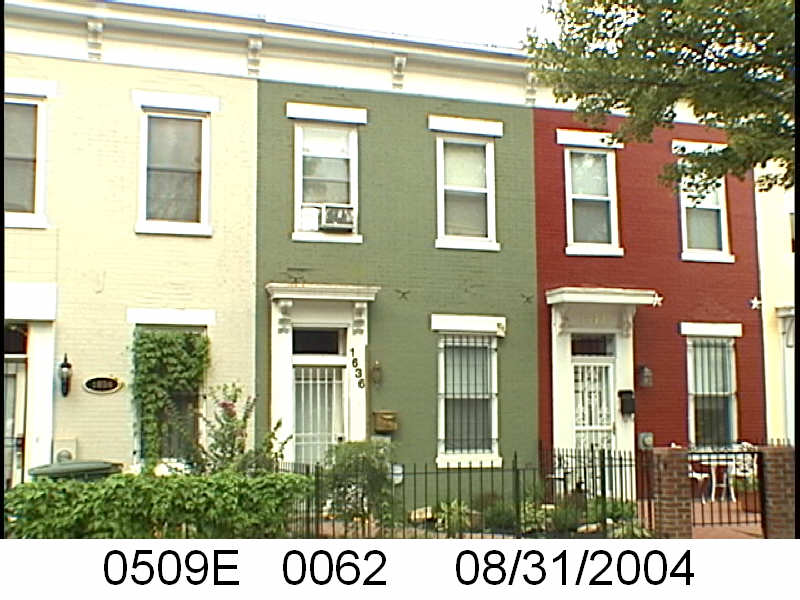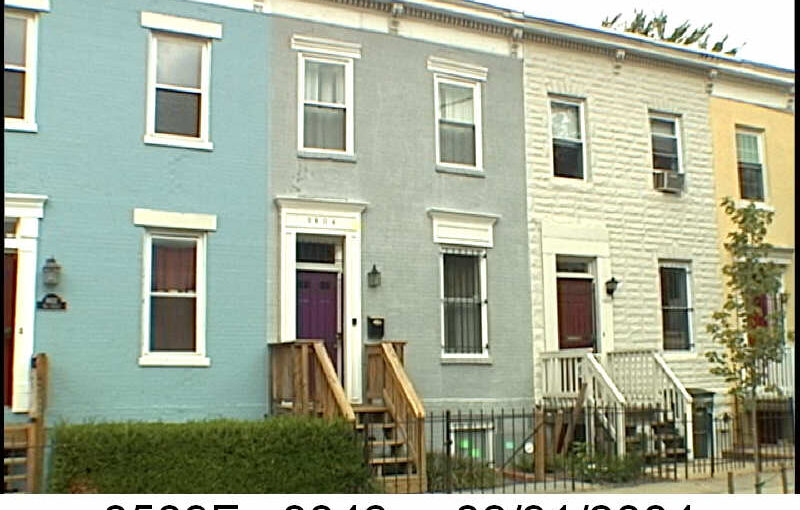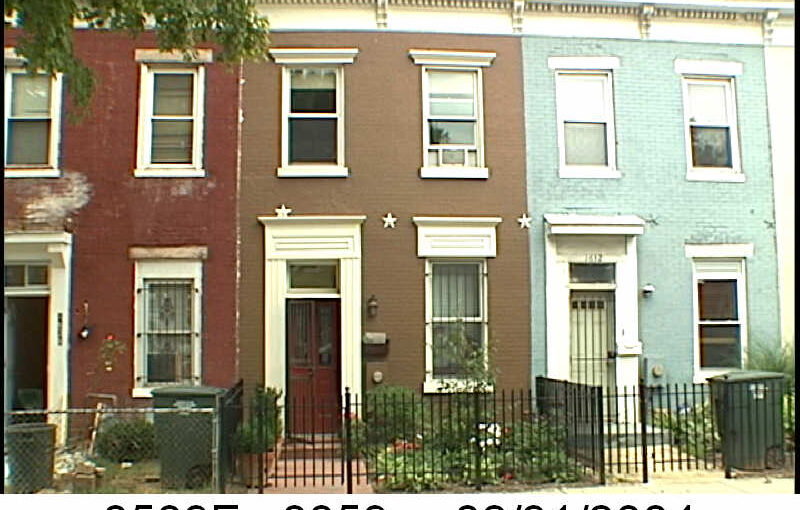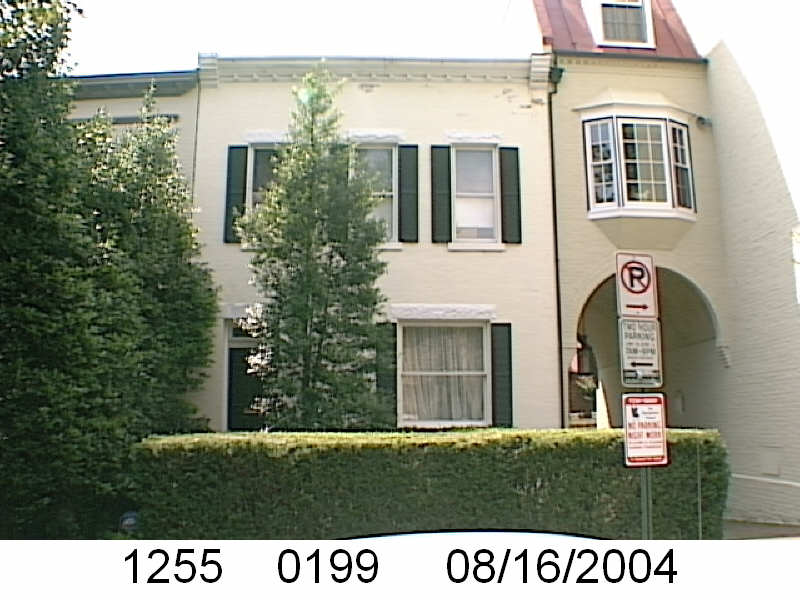If you look at data for Black children’s literacy rates in America, it is just so depressing. The shut down of schools during Covid didn’t help. There is lots of blame to go around. Parents, community, culture, education fads, and the kids themselves play a part.
So take your anti-depression meds and lets look at Shaw education as school gets back in session.
Back in the Winter of 2019-2020 I looked at all the Shaw schools I could get data on. To be fair, I’ll stick to the 2018-2019 PARCC data, because in 2020 everything went to Hell in a hand basket. Even if there is 2019-2020 data, it would be worse.
| Black students | PARCC Test | Meets/Exceeds | Below Adv & Failing |
| Dunbar | ELA 2018-19 | 16.50% | 83.50% |
| Dunbar | Math 2018-19 | 0.50% | 99.50% |
| Dunbar | Males ELA | 13.40% | 86.60% |
| Dunbar | Males Math | 0.90% | 99.10% |
| Cleveland E | ELA 2018-19 | 20.30% | 79.70% |
| Cleveland E | Math 2018-19 | 20.30% | 79.70% |
| Cleveland E | Males ELA | 10.80% | 89.20% |
| Cleveland E | Males Math | 24.30% | 75.70% |
| St. Augustine** | ELA 2017-2018 | 49% | 51% |
| St. Augustine** | Math 2017-2018 | 51% | 49% |
| Friendship PCS- Armstrong Elementary | ELA 2018-19 | 9.20% | 90.80% |
| Friendship PCS- Armstrong Elementary | Math 2018-19 | 22.90% | 77.10% |
| Friendship PCS- Armstrong Elementary | Males ELA | 7.30% | 92.70% |
| Friendship PCS- Armstrong Elementary | Males Math | 18.20% | 81.80% |
| Center City PCS – Shaw | ELA 2018-19 | 26.50% | 73.50% |
| Center City PCS – Shaw | Math 2018-19 | 28.90% | 71.10% |
| Center City PCS – Shaw | Males ELA | 13.60% | 86.40% |
| Center City PCS – Shaw | Males Math | 31.80% | 68.20% |
| KIPP- LEAD (1-4) | ELA 2018-19 | 39.70% | 60.30% |
| KIPP- LEAD (1-4) | Math 2018-19 | 68.60% | 31.40% |
| KIPP- LEAD (1-4) | Males ELA | 30.00% | 70.00% |
| KIPP- LEAD (1-4) | Males Math | 62.20% | 37.80% |
| KIPP- WILL (5-8) | ELA 2018-19 | 36.40% | 63.60% |
| KIPP- WILL (5-8) | Math 2018-19 | 32.10% | 67.90% |
| KIPP- WILL (5-8) | Males ELA | 29.30% | 70.70% |
| KIPP- WILL (5-8) | Males Math | 28.70% | 71.30% |
| Garrison ES | ELA 2018-19 | 37.50% | 62.50% |
| Garrison ES | Math 2018-19 | 27.50% | 72.50% |
| Garrison ES | Males ELA | 45.50% | 54.50% |
| Garrison ES | Males Math | 36.40% | 63.60% |
| Meridian | ELA 2018-19 | 16.80% | 83.20% |
| Meridian | Math 2018-19 | 14.20% | 85.80% |
| Meridian | Males ELA | 14.70% | 85.30% |
| Meridian | Males Math | 14.70% | 85.30% |
| Mundo Verde | ELA 2018-19 | 22.00% | 78.00% |
| Mundo Verde | Math 2018-19 | 22.00% | 78.00% |
| Mundo Verde | Males ELA | 20.00% | 80.00% |
| Mundo Verde | Males Math | 25.00% | 75.00% |
| Seaton ES | ELA 2018-19 | 35.00% | 65.00% |
| Seaton ES | Math 2018-19 | 37.50% | 62.50% |
| Seaton ES | Males ELA | 31.60% | 68.40% |
| Seaton ES | Males Math | 26.30% | 73.70% |
**St. Augustine is a predominately African American school and does not break down data by race.
I am left asking myself what percentage of Black students who are below reading level or does not meet expectations in math acceptable? It sure as heck isn’t 99% or 80% as it is at Dunbar.







